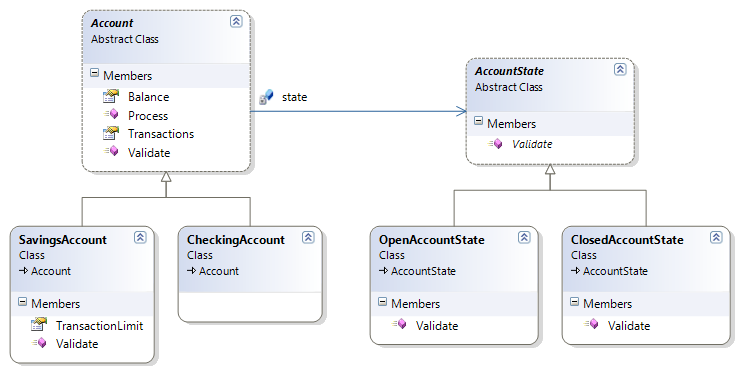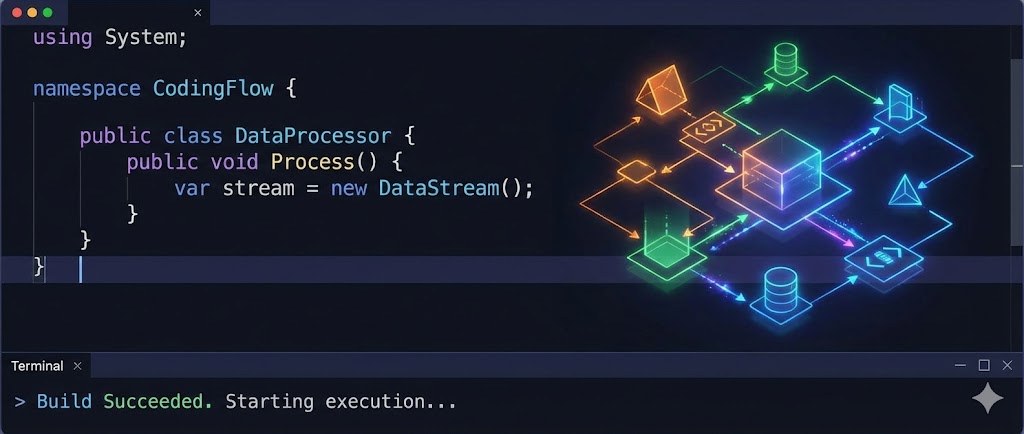3 blog posts tagged design patterns

JAN
5
2009
Development5 minutes
Changing type, the state pattern and LINQ to SQL
A question I see from time-to-time on LINQ to SQL relates to changing an entity’s class.

MAY
7
2007
Development3 minutes
ActiveRecord, the ugly design pattern
I first encountered the Gang of Four Design Patterns book back in 2001 when a friend lent me a copy. I didn’t immediately get it, most likely because my object oriented experience up to that point consisted primarily of small Delphi applications.

JUL
27
2006
Development4 minutes
Patterns of Enterprise Application Architecture
While a big fan of patterns I found the original Gang of Four (GoF) book a little dry and so had left the pattern books alone until Martin Fowler’s Patterns of Enterprise Application Architecture (PEAA), got referenced so many times on-line I gave in and purchased a copy. I’m glad I did – even if the examples are mostly in Java with the very occasional one in C#.